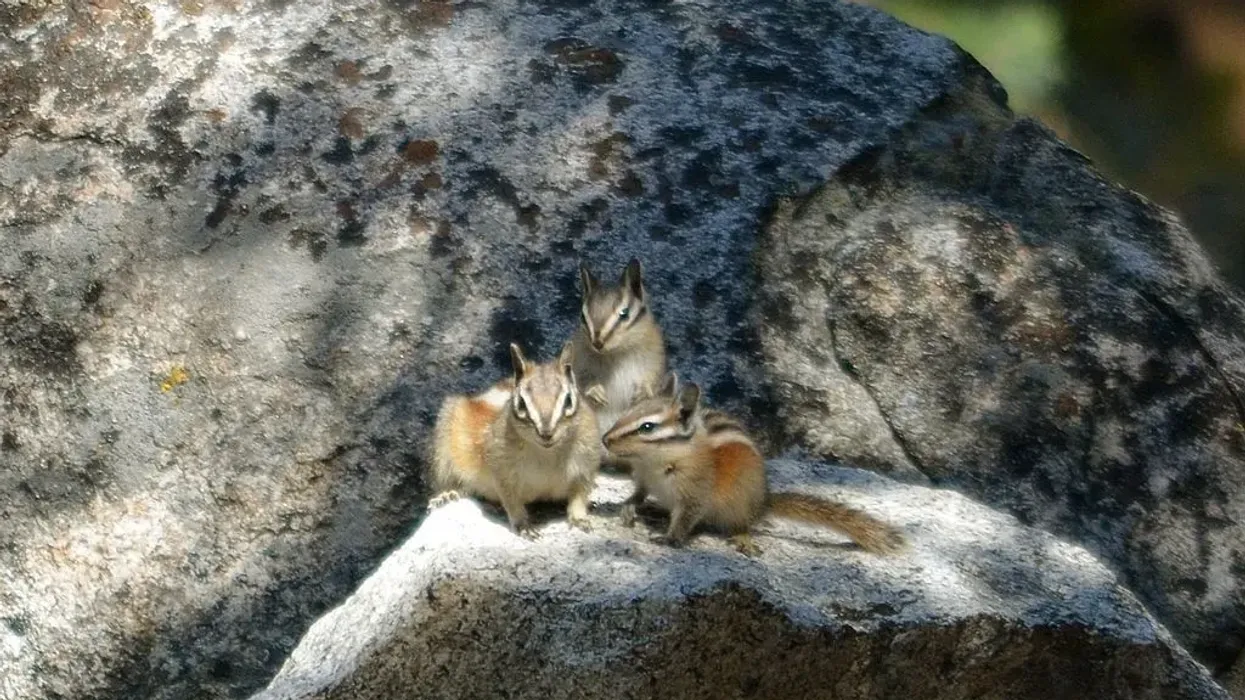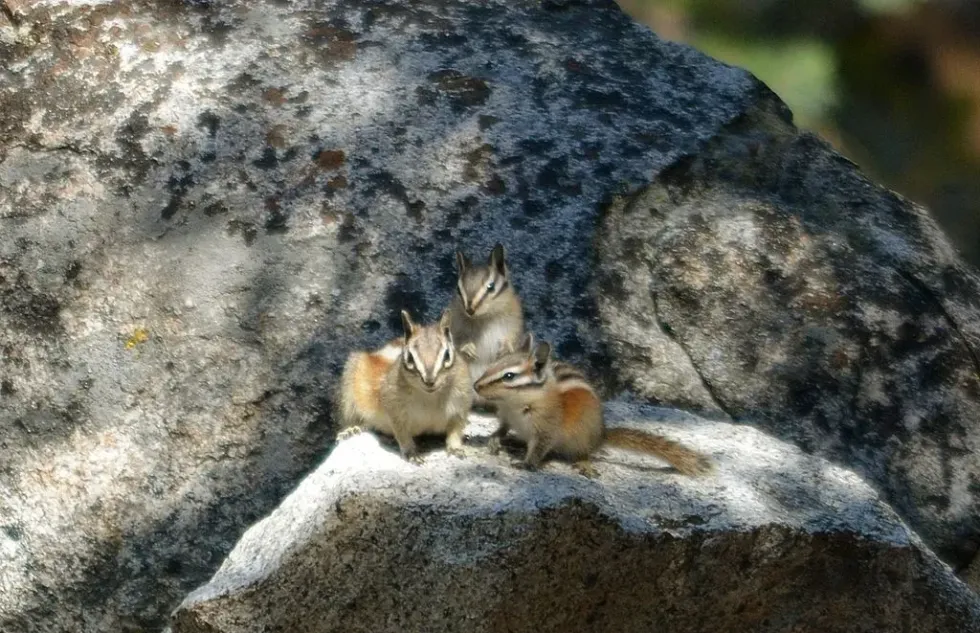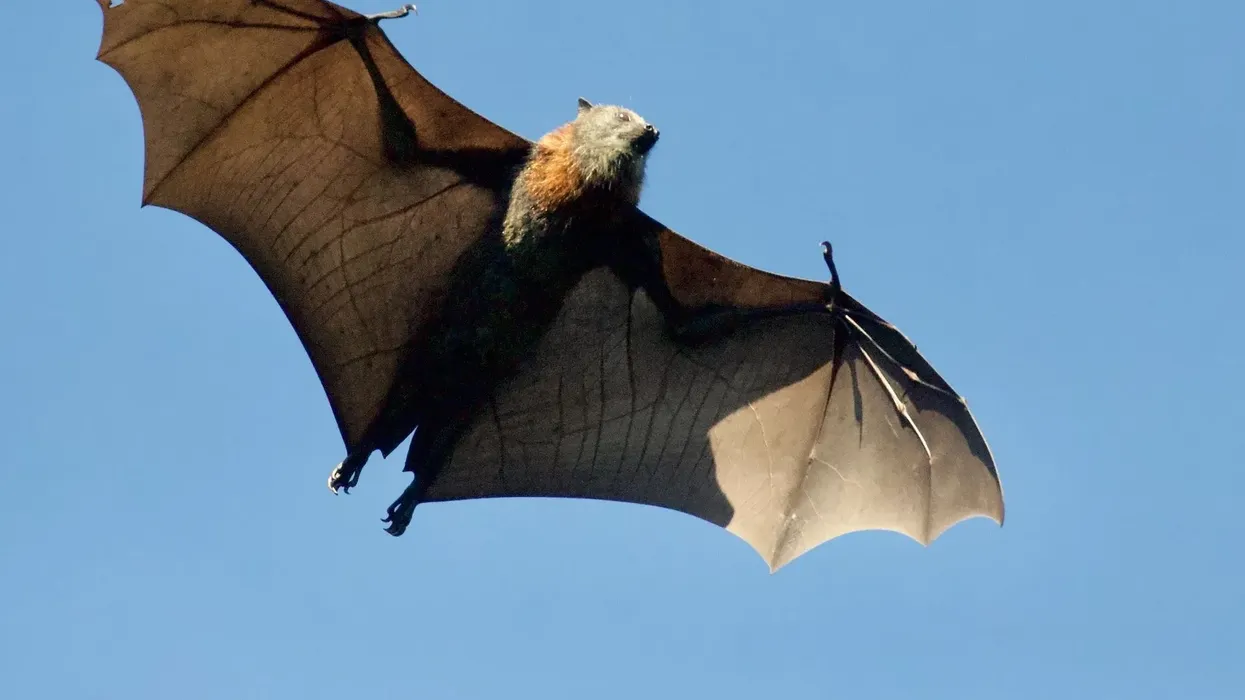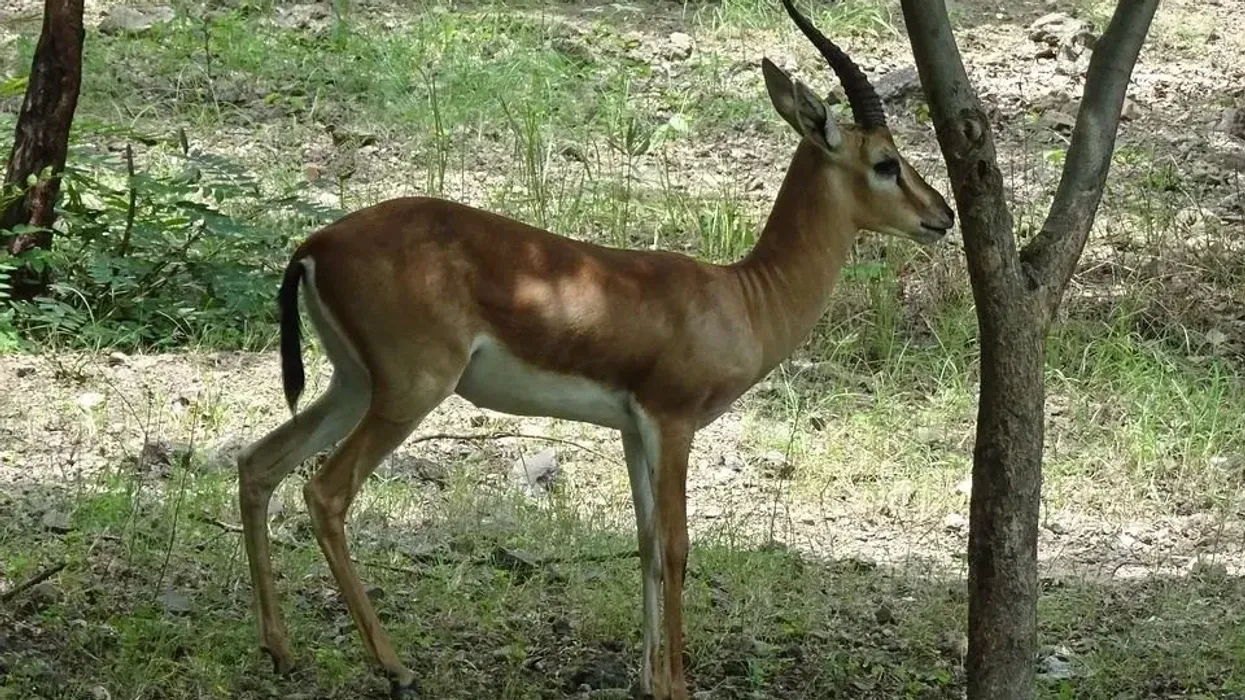The Alpine Chipmunk (Neotamias alpinus) is a striped, gray squirrel-like animal but with a shorter tail and rusty-orange flanks. This species range is found at high elevations of around 7,500-12,800 ft (2286-3,901.4 m) in specific regions of California, such as the high Sierra Nevada, from Olancha Park in the south and Yosemite in the north.
The diet of the Alpine Chipmunk (Neotamias alpinus) includes food from the alpine zone such as grasses and seeds of sedges. These chipmunks feed on the ground and can survive with a minimal source of water.
They are quite agile and can climb trees effortlessly. Even though these chipmunks are diurnal, nocturnal activity has been observed among this species during the summer season. These species go through hibernation in the winter season between November to April but often wake to find food.
When their breeding behavior was recorded, the Alpine Chipmunks' (Neotamias alpinus) nest distribution was seen in crevices of rocks, which is to avoid the high temperatures. These chipmunks' young are born between June and July, with an average litter range between three to six.
General behavior patterns have shown that Alpine Chipmunks communicate through different sounds. In case of a threat, these animals get startled quickly and run for shelter.
If you want to know more about chipmunks, explore new information about the Least Chipmunk and Red-tailed Chipmunk.
Alpine Chipmunk Interesting Facts
What type of animal is an Alpine Chipmunk?
This is a rodent species of diurnal chipmunks that go into hibernation and are found mainly in the Sierra Nevada, from Olancha Peak in the south and Yosemite in the north.
What class of animal does the Alpine Chipmunk belong to?
Alpine Chipmunks belong to the class of Mammalia under the order of Rodentia, Family Sciuridae, and genus Neotamias.
How many Alpine Chipmunks are there in the world?
The exact number of mature chipmunks is unknown. However, the population distribution of these chipmunks is stable and in abundance despite their restricted range.
Where does the Alpine Chipmunk live?
The Alpine Chipmunk, endemic with a restricted distribution range in California, is found in rocky regions. The species is found in the high Sierra Nevada, from Olancha Peak in the south to Yosemite National Park in the north. Alpine chipmunks are rarely seen outside this specific range.
What is an Alpine Chipmunk habitat?
Alpine Chipmunks (Neotamias alpinus) are found in rocky habitats and rarely climb trees. They live on talus cliffs and slopes at elevations between 7,500-12,800 ft (2286-3,901.4 m).
They also inhabit rocky floors of subalpine fell-fields and forests and rocky edges of lakes and meadows. They usually den in rocks or burrow under rocks.
In addition, climate change and raised temperatures are forcing this species to move higher up the altitude. When in winter hibernation, these chipmunks are hidden away in rocks or burrows and they can also survive with minimal to no source of water.
Who does the Alpine Chipmunk live with?
Alpine chipmunks (Neotamias alpinus) are a solitary species, but their living patterns during the reproduction phase are unknown.
How long does an Alpine Chipmunk live?
The life expectancy of Alpine Chipmunk is between two to five years.
How do they reproduce?
Despite the lack of information about their reproduction, it is known that the breeding season of Alpine Chipmunks is observed between late winter and early spring. These chipmunks prefer rocky regions, so they nest in crevices of rocks to avoid threats and extreme heat.
This species has a gestation period of around a month and reproduction has been recorded between June and July.
The young are born in litters of three to six pups and the mother feeds them until they are mature enough. After around six weeks, the young leave the burrow to fend for themselves.
What is their conservation status?
Despite the effects of climate change, Alpine Chipmunks (Neotamias alpinus) are not considered vulnerable animals, and hence, have been given the conservation status of Least Concern by the IUCN.
Alpine Chipmunk Fun Facts
What does the Alpine Chipmunk look like?
Alpine Chipmunks look like a regular squirrel-like body but with a shorter tail, upright ears, and a more gray-brown fur coat. These chipmunks have tiny feet, black eyes, and a brownish nose.
Prominent rusty-brown stripe patterns are seen on its face, from the snout through the cheeks and to the head and ears. They have dark orange-brown stripes on the back with a rusty shade along their flanks as well. Their tails are fuzzy with a mix of gray and brown fur.
How cute are they?
Alpine Chipmunks (Neotamias alpinus) look absolutely adorable, especially when they puff up during the winter. In addition, these animals look cute when they feed because of how they stuff their cheeks to store the food.
How do they communicate?
Alpine chipmunks' communication behavior is carried out through a series of different sounds. Their call description is a high-pitched, squeaky sound that is repetitive but not jarring to listen to.
How big is the Alpine Chipmunk?
Alpine Chipmunks are around 6.5-7.9 in (16.5-20.3 cm) tall, which is exactly half the size of the Red Squirrel.
How fast can an Alpine Chipmunk run?
Although the speed at which Alpine Chipmunks run is unknown, this species is quite agile and can climb trees.
How much does an Alpine Chipmunk weigh?
Alpine Chipmunks weigh around 0.9-1.6 oz (27-45.3 g) which is less than half the weight of the European Rabbit.
What are the male and female names of the species?
Alpine Chipmunks do not have separate names for their male and female counterparts.
What would you call a baby Alpine Chipmunk?
The babies of Alpine Chipmunks are called pups, kits, or kittens.
What do they eat?
Alpine Chipmunks are herbivores, and their food includes alpine plants like seeds of sedges and grasses.
Are they dangerous?
No, Alpine Chipmunks are rarely dangerous and often run away into the rocks when threatened instead of displaying any aggressive behavior.
Would they make a good pet?
Although Alpine Chipmunks are wild rodents living in rocks, on slopes, and along lake borders, they can be quite smart and kept as pets too. However, when in captivity, you must pay attention to a few aspects of these diurnal animals, especially since they show nocturnal activity during the summer.
This species goes into hibernation and like hiding and storing food, so ensure that their cage or living space has provisions to help them hide; it must be at least six by six feet with pine shedding or wood flakes on the ground. You can feed them nuts and seeds but in limited quantities.
This animal will also eat food like carrots, berries, meat pieces, turnips, and fruits.
Alpine Chipmunks love to play and run, so keep them entertained by spending time with or cuddling them. To understand their reproduction patterns, you will have to go to a vet.
Did you know...
The Alpine Chipmunk hibernation is prominent in the winter, while reproduction and the breeding season are observed between June and July.
Some of the Alpine Chipmunk predators animals include hyenas, snakes, hawks, snow leopards, and coyotes.
How does the alpine chipmunk get its food?
Since Alpine Chipmunks hibernate during the winter, they habitually forage and store food. They have been spotted foraging for food in trees and open spaces with rocks. Although mostly diurnal, nocturnal activity is observed during the summer, which means they rarely forage for food at night. This animal feed on seeds of sedges and grasses.
How has climate change global warming impacted the alpine chipmunk?
Due to their sensitivity to higher temperatures, These chipmunks are forced to move to the slopes in higher elevations due to increased global warming. The resulting geographic shift observed in this species creates two additional acute problems for them as well.
Firstly, the availability of food is less in higher altitudes when compared to their ground range among lower regions. The second problem is isolation. Some of the chipmunks adapt and stay at similar elevations, and this leads to inbreeding.
From other strains of the chipmunk who are not as sensitive as have stayed at the same height. As a result, the gene pool is weakened, which could lead to endangerment, and eventually, extinction.
Here at Kidadl, we have carefully created lots of interesting family-friendly animal facts for everyone to discover! For more relatable content, check out these Fox Squirrel Facts and Black Rat Facts pages.
You can even occupy yourself at home by coloring in one of our free printable chipmunk coloring pages.









